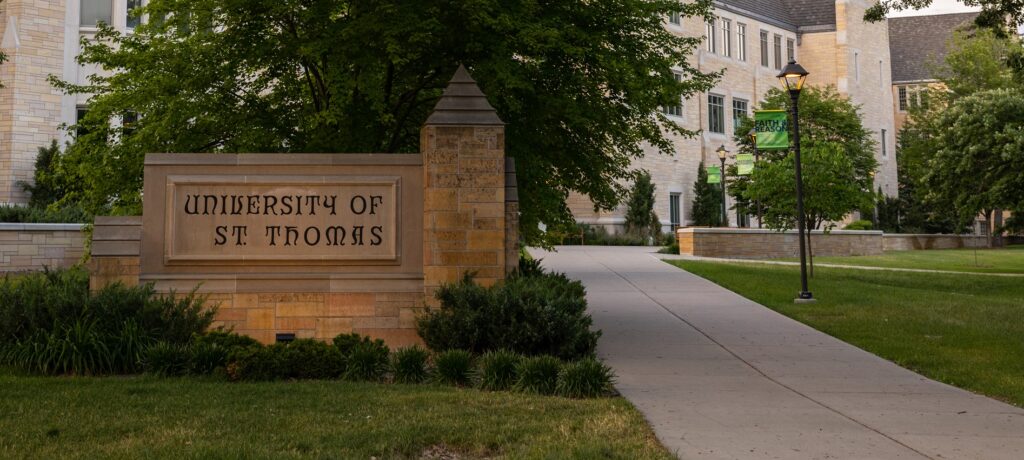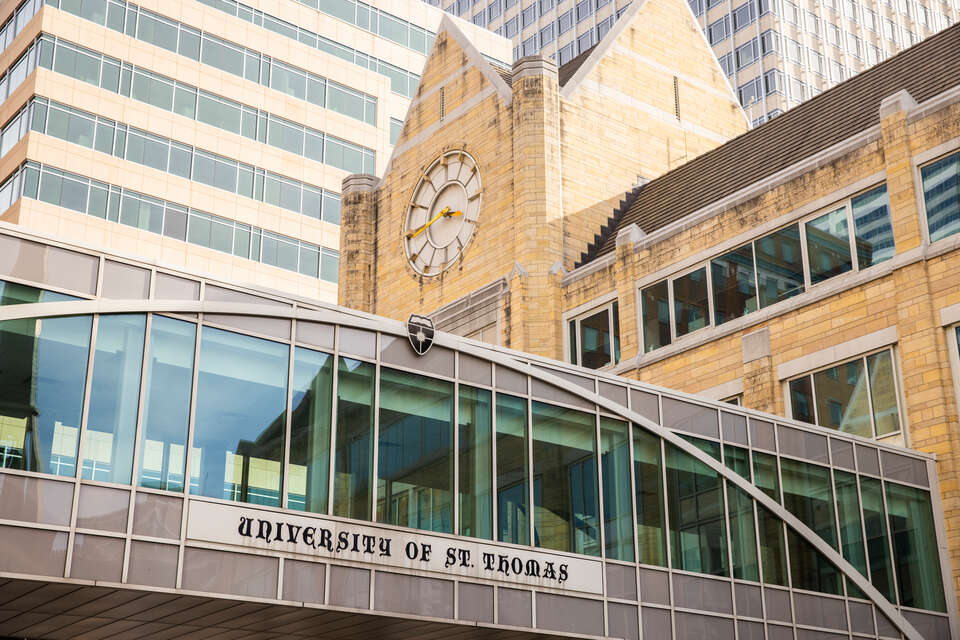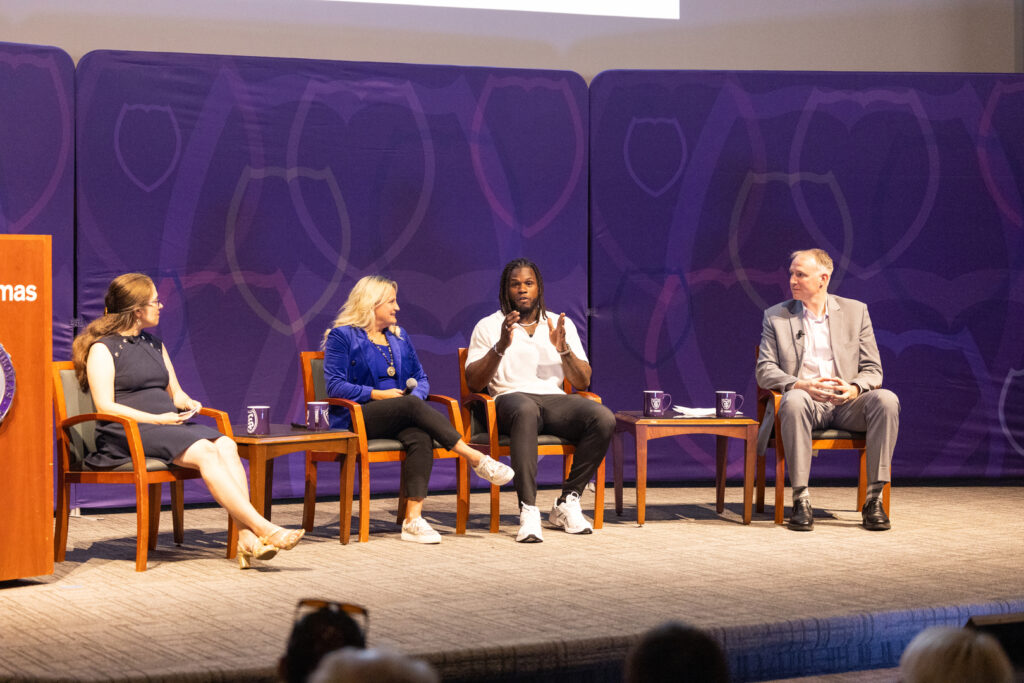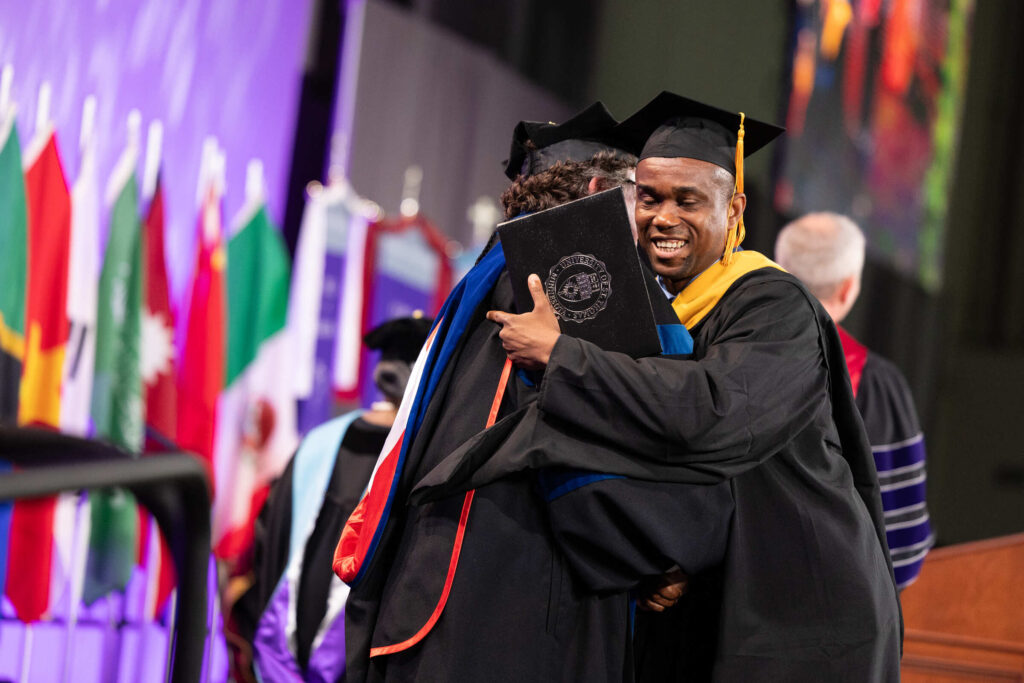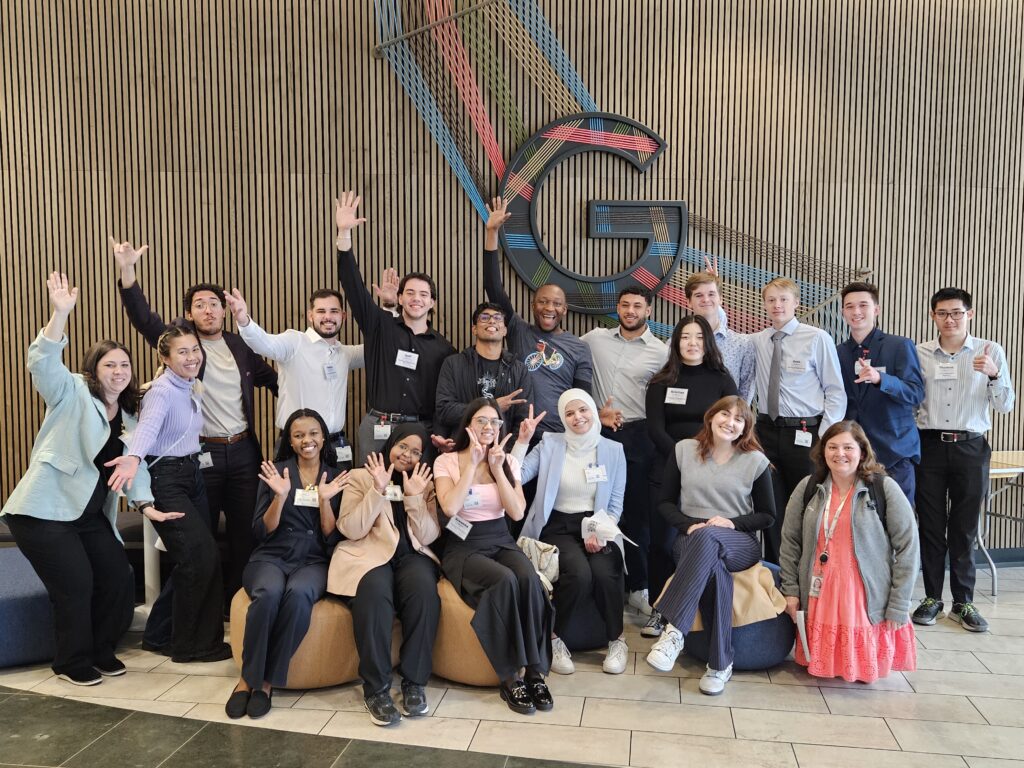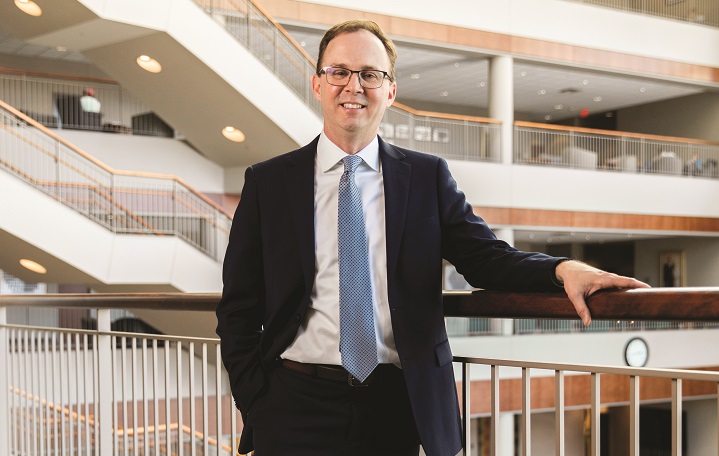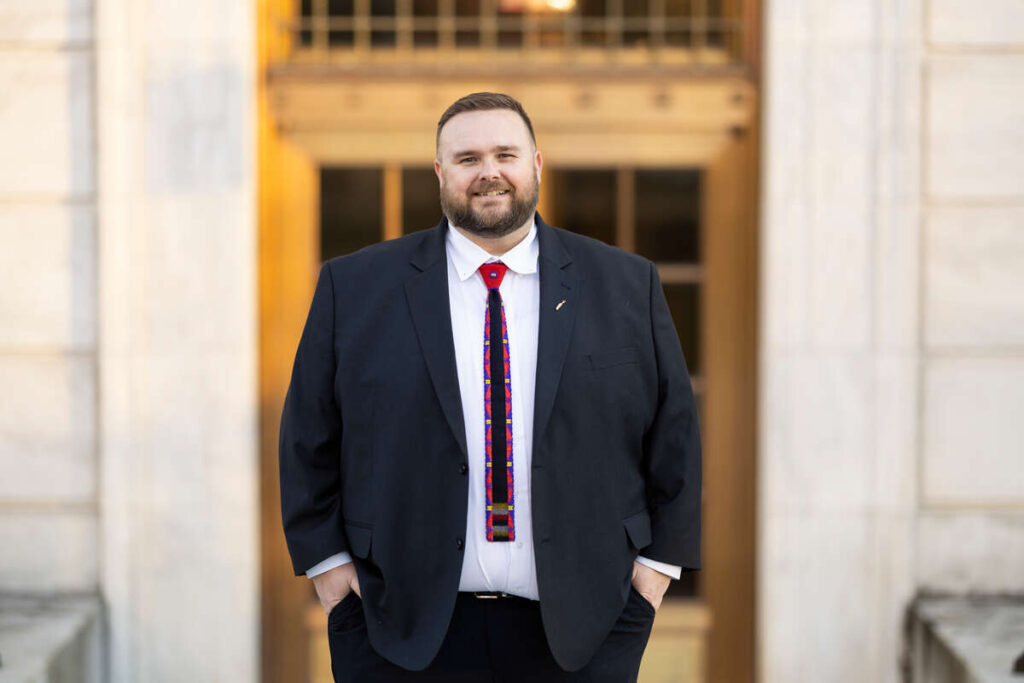Carnegie Foundation selects St. Thomas for new 'Community Engagement' classification
The Carnegie Foundation for the Advancement of Teaching, which serves as a national policy analysis and research center for higher education, has selected 76 U.S. colleges and universities, including the University of St. Thomas, for its new "Community Engagement" classification.
St. Thomas is the only private university in Minnesota selected for the new classification, and only two other state institutions – the University of Minnesota-Twin Cities and Winona State University – are included in the Community Engagement class. Six other U.S. Catholic schools also appear in the new classification.
Unlike the foundation's other classifications that rely on national data – such as those that describe college and university undergraduate and graduate programs, enrollment profile, size and setting – Community Engagement is an elective classification. Institutions chose to participate by submitting documentation describing the nature and extent of their engagement with the community; thus, the foundation can "address elements of institutional mission and distinctiveness that are not represented in the national data on colleges and universities."
Foundation staff and a team of advisers developed a documentation framework to assess the nature of an institution's community engagement commitments. Eighty-eight institutions applied to document community engagement for the new classification.
Within the "Community Engagement" classification, the foundation described three categories:
- Curricular Engagement: This category describes "teaching, learning and scholarship that engage faculty, students and the community in mutually beneficial and respectful collaboration. Interactions address community-identified needs, deepen students' civic and academic learning, enhance community well-being and enrich the scholarship of the institution." Five institutions were categorized under Curricular Engagement.
- Outreach and Partnerships: This category describes "two different but related approaches to community engagement. The first focuses on application and provision of institutional resources for community use with benefits to both campus and community. The latter focuses on collaborative interactions with community and related scholarship for the mutually beneficial exchange, exploration and application of knowledge, information and resources (research, capacity building, economic development, etc.)." Nine institutions were categorized under Outreach and Partnerships.
- Curricular Engagement and Outreach and Partnerships: This category – which includes 62 institutions such as St. Thomas, the University of Minnesota and Winona State University – describes colleges and universities with "substantial commitments" to both of the above areas.
In order to be selected for the new classification, institutions had to provide descriptions and examples of community engagement that showed alignment among mission, culture, leadership, resources and practices.
St. Thomas provided a self-study in connection with its application for inclusion in the Community Engagement category. "As apparent from this self-study," wrote Father Dennis Dease, president, in his letter accompanying the application, "developing a robust and responsive program of community engagement is central to the mission of the University of St. Thomas. Indeed, this is the first national classification program in higher education that we feel truly captures who we are and who we aspire to be. … The self-study tells us that we have much to celebrate."
A summary of the self-study, provided by Dr. Thomas Rochon, executive vice president and chief academic officer, describes the many types and examples of community engagement throughout the university:
- St. Thomas' Office of Service Learning reported 99 service-learning courses through the College of Arts and Sciences in 2005-2006. Forty-three faculty members from 20 different CAS departments offered service-learning courses. The Business 200 service requirement for prospective business majors had 492 participants at 241 sites offering 19,460 service hours.
- The Student Affairs Office reported that every university-sponsored student club or activity must complete at least 1.5 service hours per member to be eligible for university funding. In 2005-2006, students in sponsored activities completed 18,897 service hours, exceeding the required hours by 11,324 hours – a "service surplus" of 150 percent.
- UST's Center for Community Partnership oversaw partnerships at 252 sites involving more than 1,000 students in 2005-2006. Their total number of volunteer hours was 31,752. Most partnership sites were in or near the Twin cities, although St. Thomas volunteers also served in Chicago, New Orleans, Colorado, Texas and Alabama, and internationally in Guatemala, Honduras, Ecuador, Venezuela, Fiji and England.
- Evidence of impact: 51 percent of St. Thomas seniors have participated in a community-based project as part of a course. Seventy-eight percent have participated in community service or volunteer work. Fifty-five percent of students say their experience at St. Thomas has contributed to knowledge, skills and personal development in contributing to the welfare of their communities.
- Faculty outreach and professional engagement included the publication of 22 journal articles, book chapters and conference proceedings, 57 conference papers and presentations, and several poster sessions, conference sessions, and grant and expert consultancies. One faculty member produced a DVD.
- Other community services provided by the university include its Center for Senior Citizens' Education, Child Development Center, Center for Family Enterprise, Center for Nonprofit Management, and Small Business Development Center. The School of Education provides a gifted and talented education program evaluation service. A commercial real estate specialist program provides a free, noncredit course focused on career development for groups underrepresented in that profession. The Murray Institute provides free access to master's and education specialist programs for parish and parochial school educators.
- Sixteen federal and state grants involved active community outreach and partnerships in 2005-2006. The draw on those grants totaled $1.7 million. Gifts from corporate and private foundations totaled nearly $951,800; cash and in-kind contributions by St. Thomas totaled more than $600,000. The indirect cost recovery waived was 80 percent. This high waiver proportion reflects the priority that St. Thomas gives to grants that enable it to pursue community engagement objectives.
- In 2005-2006, the university won six awards for community engagement: the American Bar Association Gambrell Award for the School of Law Mentor Externship Program, the Minnesota Accountability Par
tner of the Year, Listening House Partner of the Year, Certifying Organization for President's Volunteer Service Award, Meritorious Program Award from National Youth Sports Program, and the "Hands on Twin Cities Affiliate" designation identifying UST as an important partner for community organizations seeking volunteers.
"Finding new and better ways to connect with their communities should be a high priority for higher education institutions today," said Carnegie Foundation president Lee Shulman in the foundation's announcement of the new classification. "The campuses participating in this elective classification provide useful models of engagement around teaching and learning and around research agendas that benefit from collaborative relationships."
The new Community Engagement classification was developed as part of an overhaul of the foundation's higher education classification system begun last year. The foundation developed the first typology of American colleges and universities in 1970 as a research tool to describe and represent the diversity of U.S. higher education. Carnegie classifications are used for a wide range of purposes by academic researchers, institutional personnel, policymakers and others.
A listing of the institutions in the Community Engagement classification can be found on the Carnegie Foundation Web site. To see the 62 institutions in the Curricular Engagement and Outreach and Partnerships category of the new classification, which includes St. Thomas, click here.
